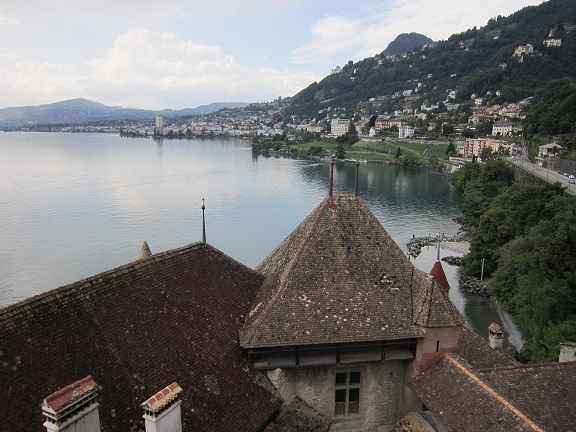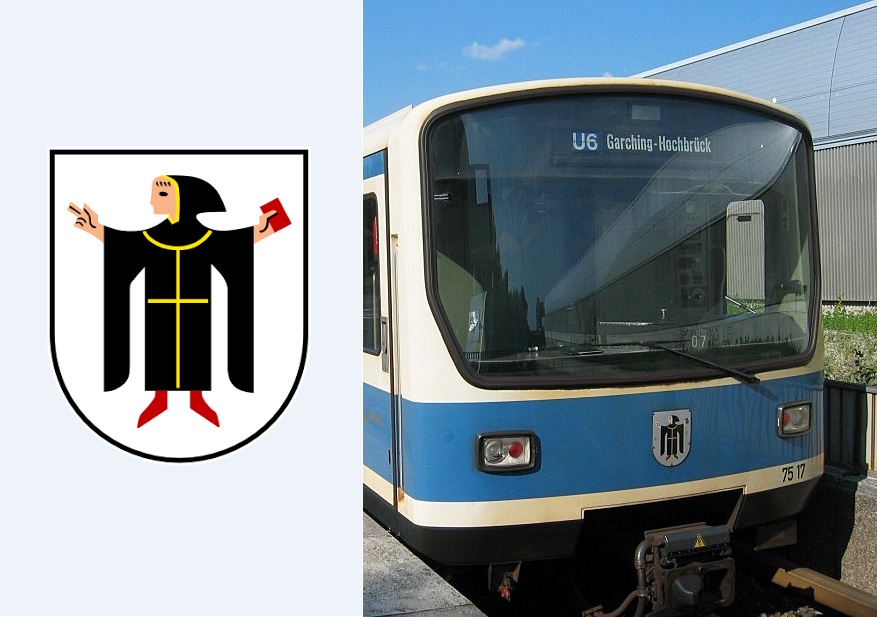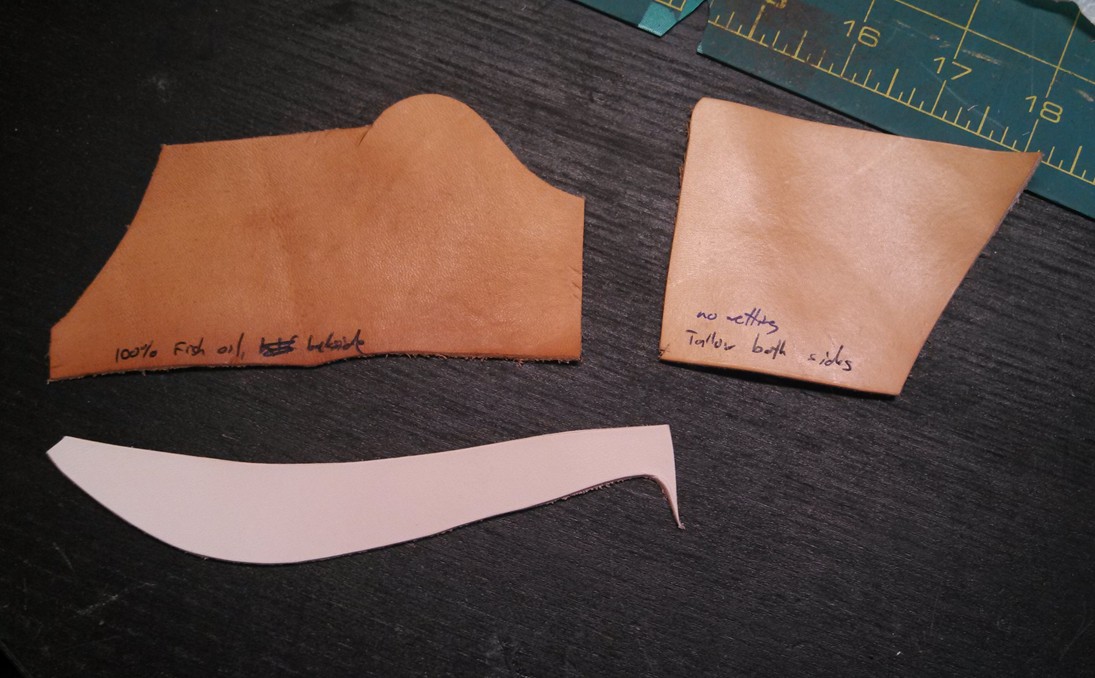If you saw the first half of my Europe trip, then you will recall that I was in Munich for business, but had the opportunity to do some exploring and visit some museums while I was there. As it turned out, I had some vacation time coming up, so I decided to stay in Europe a bit longer. And, coincidentally, Dr. Marquita Volken, of the Musee de la Chaussure in Lausanne, Switzerland (the Museum of the Shoe) had recently published a manuscript, “Archeological Footwear: Development of Shoe Patterns and Styles from Prehistory til the 1600s.” On a lark, I looked up how far away Lausanne was from Munich – only about 330 miles! That’s about the same distance from San Francisco to Los Angeles! I was sold – I booked a train and routed my return flight through Zurich instead of Munich. And, after my last day of work, I found myself on the train headed for the beautiful city of Lausanne, Switzerland.
The very day I arrived, I was already in shoemaker heaven – I met up with Dr. Volken, her fantastic husband (also Dr. Volken), and their charming daughter, and travelled together to the Chateau de Chillon, probably one of the most fantastically preserved chateaux in the area.
Continue reading Europe Trip Part II: Lausanne



